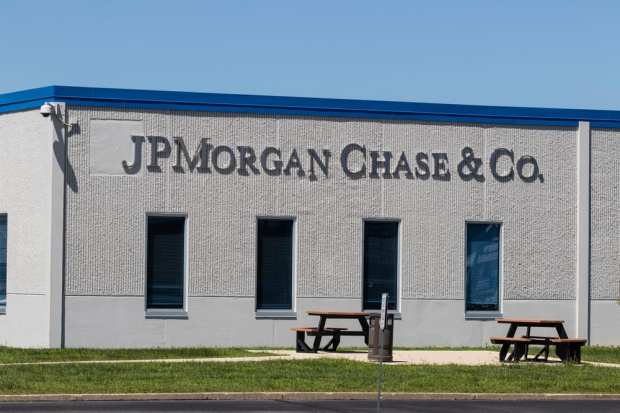J. P. Morgan 3Q Results Show Consumers Weathering The Pandemic

We haven’t turned the corner quite yet – but at least we haven’t hit the wall.
To that end, J.P. Morgan‘s results for the third quarter showed resilient consumer activity amid economic headwinds wrought by the pandemic, as well as improvement in loan loss reserve activity — and, as has been seen in previous quarters, continued growth in mobile and digital channels.
On Tuesday (Oct. 13), J.P. Morgan reported earnings of $2.92 a share, leagues above the $2.23 projected by consensus, and its top line of $29.9 billion was better than the roughly $28.4 billion the Street had expected. In reference to loans, there was a $611 million provision in credit costs in the period, compared with $10.5 billion in the previous quarter. J.P. Morgan noted that in the quarter, net charge-offs of $1.2 billion were down $191 million from the prior year, predominantly driven by the card segment.
Management said on the earnings call with investors that growth in average deposits, sequentially, was 5 percent, reaching a recent $2 trillion. Management also said that – with a nod to improving the loan loss landscape – it does not expect to see meaningful increases in charge-offs until the second half of 2021.
That being said, CFO Jennifer Piepszak noted that the medium- to longer-term general (macro) environment remains uncertain – particularly as it relates to future stimulus.
The bank’s roughly $34 billion in reserves is testament to the fact that it is prepared for something “worse than the base case” for its economic outlook (which assumes low single-digit percentage declines in GDP into 2021). Breaking down that $34 billion in allowance for credit losses, $17.8 billion is tied to cards and $2.9 billion to home lending.
CEO Jamie Dimon noted on the call that better economic outcomes would come in tandem with a “good, well-designed” stimulus package. But he also said the company has billions more than it might need to offset loan losses.
Commentary on the call noted that with customers exiting relief programs, roughly 90 percent of accounts remain current. The percentages of loans that were in payment deferrals at the end of the quarter stood at 4.4 percent of residential real estate, 60 basis points of auto and other loans, and 30 basis points of credit card loans.
As deposits have grown (up 28 percent year on year in the consumer/community banking segment), said Piepszak, “overall, consumer customers are holding up well. They have built savings … and have lower debt balances.” Average loans in this segment were down 7 percent year on year to $440 billion. The card net charge-off rate was 2.92 percent, compared to 3.33 percent in the second quarter.
The consumer, she said, “is in relatively good shape.”
The Mobile Momentum
Digital adoption remains strong amid the pandemic, according to details from the call. Active mobile customers were up 10 percent year on year to 40 million.
Nearly 69 percent of J.P. Morgan’s customers are digitally active, and that’s up three percentage points year on year and accelerating, said the CFO. QuickDeposit now represents more than 40 percent of all check deposits versus 30 percent pre-COVID.
